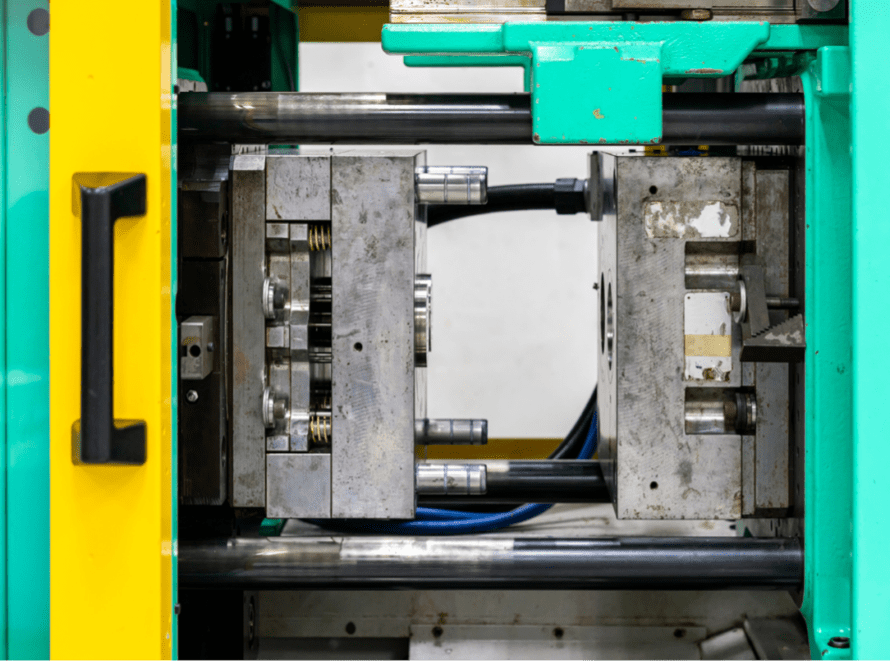
3D printers go beyond traditional learning methods and transform education into a tangible, interactive and innovative experience. These tools strengthen creativity and technological skills, allowing students to develop their creative and analytical thinking skills.
Education of 3D Printers
3D printer technology, which has been rapidly evolving in recent years, offers revolutionary innovations in the world of education. Many educational institutions, from schools to universities, integrate 3D printer courses into their curricula, allowing students to develop their creative and analytical thinking skills. In this way, important skills such as 3D design and 3D drawing are gained. The contributions of 3D printers to education not only provide a concrete experience of theoretical knowledge, but also strengthen students’ command of technology and problem-solving skills. In this article, we will examine in detail the benefits of 3D printers and how this technology can be shaped in the future.
Concrete Learning Experience: Transformation from Abstract to Concrete
3D printing education provides a revolutionary contribution to the learning process with its ability to transform abstract concepts into concrete objects. While students in traditional teaching methods usually acquire theoretical knowledge only through visual materials or textbooks, complex concepts designed and transformed into physical objects with 3D printers through 3D printing education allow students to better understand the subjects and actively participate in the learning process. This concrete experience, especially combined with the 3D drawing skills gained process, increases the retention of knowledge and students’ motivation to learn.
Application Examples:
- In mathematics classes: By printing 3D models of geometric shapes, students can better understand the volume, surface area and other features of the shapes
- In chemistry classes: By printing 3D models of molecular structures and chemical compounds, one can physically show how the bonds between atoms work.
- In history and geography classes: Models of historical artifacts, geographical structures and ancient settlements can be used as a basis, allowing students to experience abstract concepts in a concrete way.
Encouraging Creativity and Design Thinking
3D printers offer students the opportunity to bring their own ideas to physical reality. In the process, students develop important skills such as problem solving, design thinking and creativity. Students who learn 3D design software in the 3D Printing Workshop can put their imagination into practice by designing their own projects from scratch and printing them with a printer. For example, in art and design classes, students can create their own sculptures, architectural projects or product designs. This process develops not only artistic creativity but also technical skills. Students gain many valuable skills during the design process:
- Planning and drafting their projects
- Understanding technical constraints
- Improving their creative ideas through prototyping and testing processes
Strengthening STEM Education and Supporting Applied Sciences
3D printers play a critical role, especially in STEM (Science, Technology, Engineering, Mathematics) education. This technology shows how students can apply their theoretical knowledge in the real world. In STEM courses, students can experiment, develop models, and produce prototypes using 3D printers for various scientific and engineering projects.
- In engineering projects: Students can test mechanical principles by designing bridges, towers, or other structures.
- In robotics projects: Students can print robot parts with 3D printers and assemble them to produce functional robots.
- In science: They can design and print special parts and laboratory tools used in scientific experiments.
With such experiences, the theoretical knowledge learned in STEM courses is put into practice, and students develop their scientific thinking skills through projects they create with their own hands.
Strengthening Collaboration and Teamwork
3D printers allow students to work as a team to produce projects. In a classroom, students can share their ideas with group projects, manage the design process together, and produce the resulting product with a collective effort. This contributes to the development of social skills such as collaboration, communication, and teamwork. Especially in large projects, each student can take on a different task; some design, some manage the printing process, and another group can take part in the assembly and testing stages. In this way, students can benefit from each other’s talents and achieve more successful results. Contact us for more information!
Preparing for the Future: Acquiring Professional Skills
3D printers have an important place in modern industries. 3D printers are used in many sectors such as design, engineering, medicine, fashion, and manufacturing. It is possible to better prepare students for their future careers by teaching them this technology.
- Engineering students: When they graduate from university, they can use 3D printers to offer innovative solutions in prototyping and product development processes.
- Health sector students: They can learn how to produce medical devices or prosthetics with 3D printers.
Fashion and design students: They can design and produce textile products or accessories with 3D printing technology.



